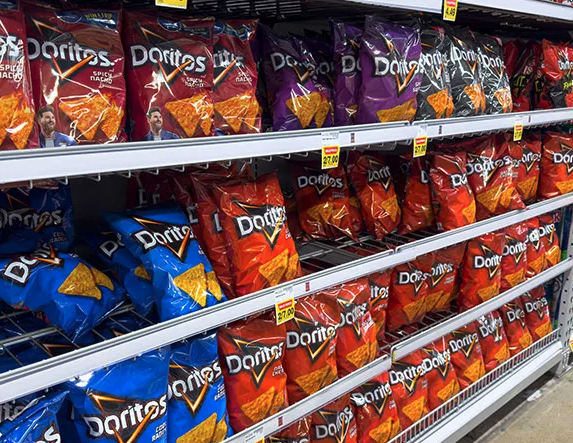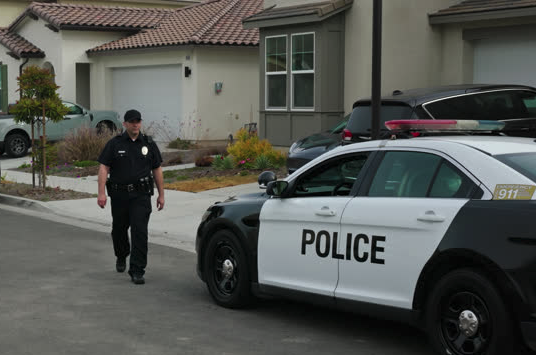How do we make aviation—a notoriously carbon-heavy industry—actually sustainable? A recent study from the University of Cambridge suggests that slower planes, among other changes, might be part of the answer. But of course, as with most “climate-friendly” solutions, there’s more to it than meets the eye.
First up, let’s talk about the idea of slower planes. The researchers propose that reducing flight speeds by about 15% could cut fuel consumption by 5 to 7%. That’s all well and good, but it also means longer flight times. Think of that transatlantic trip from New York to London taking an extra 50 minutes. For business travelers and tourists, this isn’t just a minor inconvenience—it’s a potential disruption to tightly scheduled plans and could spell productivity challenges for airlines, too.
And implementing this change wouldn’t just be a matter of pilots easing off the throttle. Nope, it means designing new planes specifically to cruise at slower speeds, along with getting airports, manufacturers, and airlines all on the same page. Professor Rob Miller, the report’s lead author, calls it a “whole systems process change.” Translation: a bureaucratic and logistical nightmare.
But that’s just one piece of the sustainability puzzle. The study also suggests updating aircraft more frequently, aiming to reduce the fleet age from 30 years to 15. Sure, newer planes are more fuel-efficient—potentially cutting fuel burn by up to 14%. But here’s the catch: This means ramping up production to a level that even major players like Boeing and Airbus aren’t currently prepared for. We’re talking about boosting output by 50% on top of their existing plans. And that’s not something you can achieve with a snap of the fingers. The study even recommends bringing a third manufacturer into the market to share the load. Sounds simple, right?
Then there’s the issue of contrails—those thin clouds airplanes leave behind, which apparently have a climate impact on par with CO2 emissions. The study suggests avoiding areas where contrails form, known as Ice Supersaturated Regions (ISSRs). It’s not rocket science; just adjust a plane’s altitude a bit. But even this small tweak comes with added fuel costs, which, of course, means higher ticket prices. The study estimates a modest 1% increase in fares, but for passengers already feeling the pinch, every little bit hurts.
Greens want slower air travel to reduce emissions.
Everything greens want reduces our standard of living without improving the environment. Everything.https://t.co/SufX5ezTvV pic.twitter.com/HCqB16OeqV
— Steve Milloy (@JunkScience) September 24, 2024
Of course, we can’t talk about sustainable aviation without mentioning Sustainable Aviation Fuel (SAF). It’s the supposed golden ticket for reducing emissions without needing a complete overhaul of aviation tech. But here’s the kicker: SAF currently makes up a whopping 0.2% of jet fuel use. That’s right—next to nothing. The UK wants to bump that up to 10% by 2030, but even optimistic voices like Holly Boyd-Boland, Virgin’s VP of corporate development, admit that scaling production up 80 to 100 times is a massive hurdle. In other words, unless governments step in with serious incentives, this goal might be more of a pipe dream.
And then there’s the dreaded price tag. Flying with SAF or hydrogen could make tickets jump by 33-34% by 2050, while more advanced sustainable fuel options could push that increase to as much as 81%. So, while the industry aims for a greener future, passengers may find themselves paying a lot more for the privilege.
But the question remains: Will people pay more, or will they simply travel less? Some, like Greta Thunberg and the flight-shaming movement, might say the latter is exactly the point. France has already banned short domestic flights where a train can do the job in under 2.5 hours. But let’s face it, outside of Europe’s tightly knit rail networks, this option isn’t realistic for most of the world—especially in the U.S., where regional flights dominate and rail infrastructure is light years behind.
All told, this study lays out a vision for making aviation greener, but it’s clear that the journey to net-zero isn’t going to be smooth or cheap. Slower planes, newer fleets, avoiding contrails—these are complex solutions that require massive investment, international cooperation, and, yes, some willingness from passengers to fork over more cash. For now, though, it looks like the skies are just as cloudy as ever when it comes to sustainable flight.




